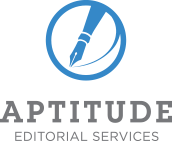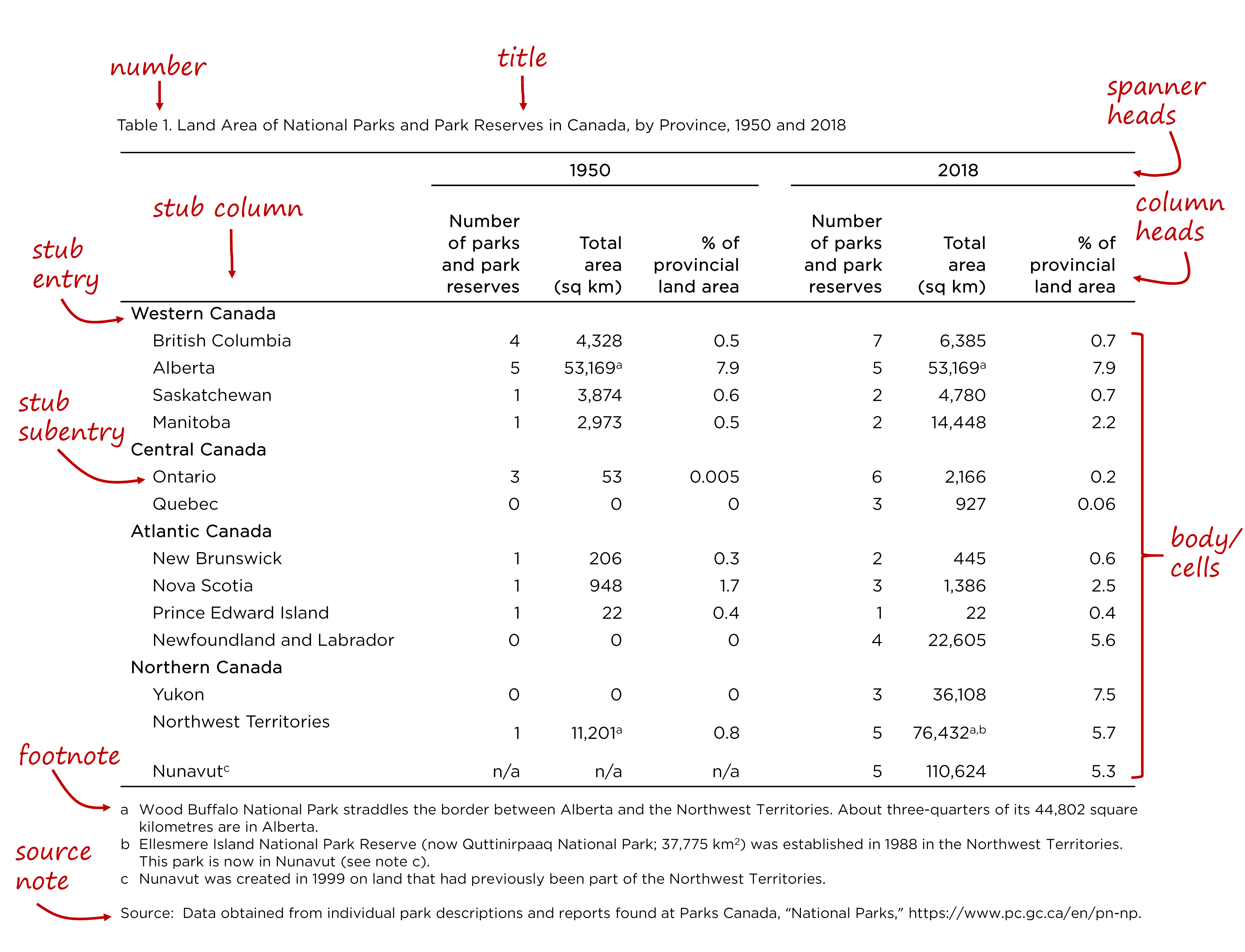How Much Fact-Checking?
A question that regularly crops up when editors talk among themselves is, How much fact-checking, if any, should I be doing as I edit? I’m going to address this primarily from the perspective of a copyeditor, since that is the role where most checking might be expected.
First, what does a copyeditor do? Beginning editors are often taught that copyediting is about the C’s: consistency, clarity, and correctness (and sometimes coherency and completeness). Editors Canada includes an A as well: accuracy. It’s in correctness and accuracy that there is the most overlap between copyediting and fact-checking, and it’s where an editor may stray in one direction or the other—too much or too little checking.
Correctness in copyediting usually refers to grammar, punctuation, spelling, and usage. Checking or at least querying the spelling of proper nouns—the names of people, places, and organizations—is sometimes a point of contention among editors, with some declaring that this task ventures too far into fact-checking. Checking spelling of names is, however, standard practice in copyediting, as taught by the leading experts in the profession and expected by most publishers. There is one exception: the copyeditor does not usually verify the spelling of names in citations and references, and checks only that the spelling is consistent within the document. It is the author’s responsibility to ensure that names in citations and references are correct.
How far to ensure accuracy causes more furor in editorial forums. It’s almost universally accepted that a copyeditor will check for internal accuracy, for example, to fix or query simple math errors, errors in unit conversions, or conflicting chronology in a timeline. But Editors Canada’s standards, recognized around the world as a leading authority on editorial practice, state that the copyeditor should use basic fact-checking tools to correct or query factual inaccuracies in general information. This doesn’t mean that the editor must look up every detail in the whole document; rather, it means that the editor uses their general knowledge to spot possible inaccuracies, such as in a description of a historical event, and looks them up, if need be, in reputable sources. Obviously, the editor should use discretion in how much time they spend doing this—it’s possible to waste hours hunting for the most accurate information. For anything needing more than a few minutes of research, the editor should briefly state the problem and ask the author to ensure the information is accurate.



